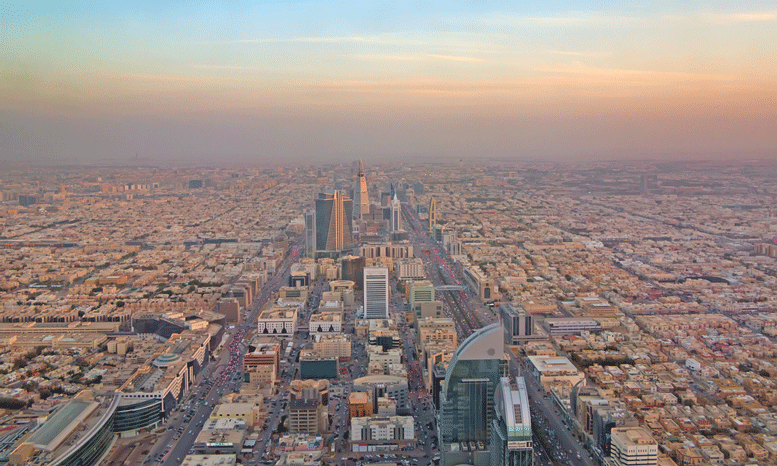Demand for affordable housing is on a constant upward curve in the Saudi capital of Riyadh, as rapid population growth ensures that supply lags behind requirements, a new report has highlighted.
According to the Riyadh Real Estate Market Overview for Q2, 2016, by property consultant Chestertons KSA, Riyadh’s population has grown by 52% over the past 15 years and currently stands at 6.5 million people in 2016. However, only 500,000 units have been built during the same period, leading to a dearth of low cost housing across the city.
“The Saudi government is all too aware of the acute shortage in low cost housing units, but continuing low oil prices have resulted in inevitable cuts in public spending, which has in turn hit public housing projects,” said Declan McNaughton, managing director, UAE, Chestertons MENA, in a statement. “So far the impact on rental rates has been minimal, but it is beginning to drive prices higher in some areas that have traditionally provided value-led accommodation for budget conscious tenants.”
Average annual rental rates for apartments in Riyadh are currently SAR26,935 ($7,182), the statement said. In central Riyadh, the Al Wahah district tops the list at $18,700, while Jarir was the least expensive district at $9,350. Southern Riyadh had the most affordable rental rates, with Al Marwah and Badr districts at $5,066 and $4,800 respectively.
The average rent for villas in Riyadh are $31,510 with the city centre once again proving to be the most expensive, with districts Al Wahah, Al Muruj, Al Sulimaniyah, Al Wurud, and Al Olaya commanding $66,665, Chestertons said. More affordable rentals can be found throughout Riyadh, dependent on district, for $24,000.
The average sales price for an apartment in Riyadh is currently $117,771 the report found. However, districts across Riyadh top out at $186,661, including the districts of Hittin in northern Riyadh, Al Raid in western Riyadh and Al Hamras spread over the eastern and central parts of the city. Al Wahah is the most expensive at $239,993, while Badr, Al Marwah and Al Qadisiyah are the cheapest options at $66,664.
“Sales have slowed but the move by the Saudi Arabian Monetary Agency (SAMA) to adjust the loan-to-value ratio for mortgages could help reinvigorate the market, particularly for those who had previously struggled finding the necessary funding,” said McNaughton. “Furthermore, as the market begins to bottom out, we anticipate renewed interest from buyers who have been waiting for the optimum time to purchase,” he added.
The office and commercial sector has seen a number of projects completed in the first half of 2016, the report found. Vacancy rates generally remained stable at 16% while there was a slight decline experienced in the business district. Furthermore, rents rose slightly across different areas of the city reaching $341 per square metre.
“While there have been some major projects completed, there have been further delays to the King Abdullah Financial District development. We expect there to be around 800,000 sqm of leasable area by 2018, up from 160,000 sqm in 2016,” added McNaughton.

